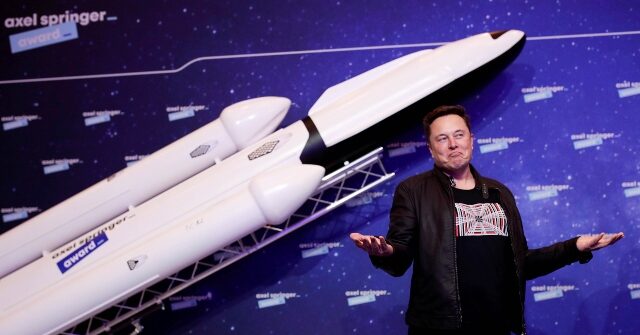SpaceX has taken another significant step towards its ambitious goals of human space exploration with the successful completion of the eleventh test flight of its Starship rocket.
SpaceX launched its Starship rocket from its Starbase facilities in Texas on Monday, marking the eleventh test flight of the giant rocket. The mission saw the Starship upper stage separate from its Super Heavy booster, which returned for a soft water landing in the Gulf of Mexico approximately 10 minutes after liftoff. The Starship stage continued its journey to space, briefly re-lighting its engines and testing new heat shield tiles before splashing down in the Indian Ocean, west of Australia.
This latest test flight follows a successful mission in August, which ended a series of testing failures earlier in the year. Monday’s flight mirrored the previous one, deploying a batch of mock Starlink satellites and conducting various tests crucial for future long-duration space missions.
Acting NASA Administrator Sean Duffy praised the mission on X , stating that it was “another major step toward landing Americans on the Moon’s south pole.” SpaceX’s Starship rocket is a key component of NASA’s Artemis program, which aims to return humans to the lunar surface by 2027, marking the first crewed moon landing since 1972.
In upcoming tests, SpaceX plans to launch a more advanced Starship prototype equipped with upgrades essential for extended missions in space. These upgrades include docking adapters and hardware changes necessary for orbital refueling, a complex process involving two Starships docking in orbit to transfer hundreds of tons of super-cooled propellant.
SpaceX President Gwynne Shotwell emphasized the importance of this upgraded prototype, stating that “it is really the vehicle that could take humans to the Moon and Mars.” She expects this iteration of Starship to fly by the end of this year or early next year.
Refueling is just one of many remaining testing objectives that must be met before the rocket can carry humans to the lunar surface. Under SpaceX’s proposed moonshot plan, multiple Starship tankers are required to fill up a single Starship with enough fuel for a moon landing.
SpaceX’s $3 billion contract with NASA, awarded in 2021, places the company at the forefront of the race to the moon between the United States and China. However, a panel of NASA safety advisers recently warned that slow progress in developing elements of the rocket’s lunar lander design could potentially delay the U.S. moon effort by years.
In addition to its lunar ambitions, Starship, the most powerful rocket ever launched, is crucial for deploying heavier Starlink satellites, which are essential to SpaceX’s lucrative mobile broadband goals. The rocket is also central to Elon Musk’s long-term vision of sending humans and cargo to Mars.
Lucas Nolan is a reporter for Breitbart News covering issues of free speech and online censorship.
Read the full article here
